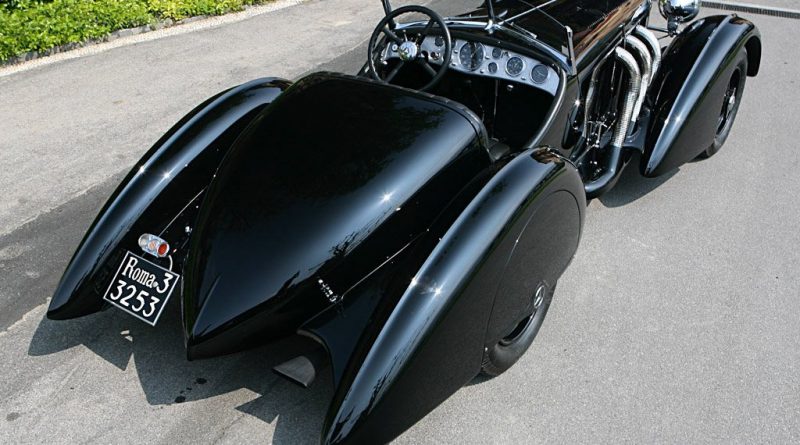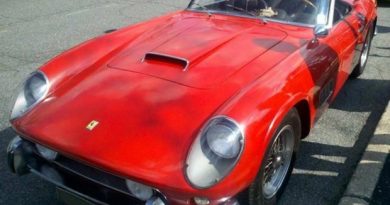1930 Mercedes-Benz Count Trossi SSK roadster ‘Black Prince’
The SSK ‘Black Prince’ is a motor car from Mercedes-Benz, with rear wheel drive, a front mounted engine and a Count Carlo Felice Trossi-penned convertible/cabriolet body style. It is part of Mercedes-Benz’s W 06 model series. Its engine is a supercharged petrol, 7.1 litre, single overhead camshaft 6 cylinder with 2 valves per cylinder. This unit has an output of 295.5 bhp (300 PS/220 kW) of power at 3400 rpm, and maximum torque of 688 N·m (507 lb·ft/70.2 kgm) at 2000 rpm. A 4 speed manual transmission delivers the power to the driven wheels. Its claimed weight at the kerb is 1397 kg.

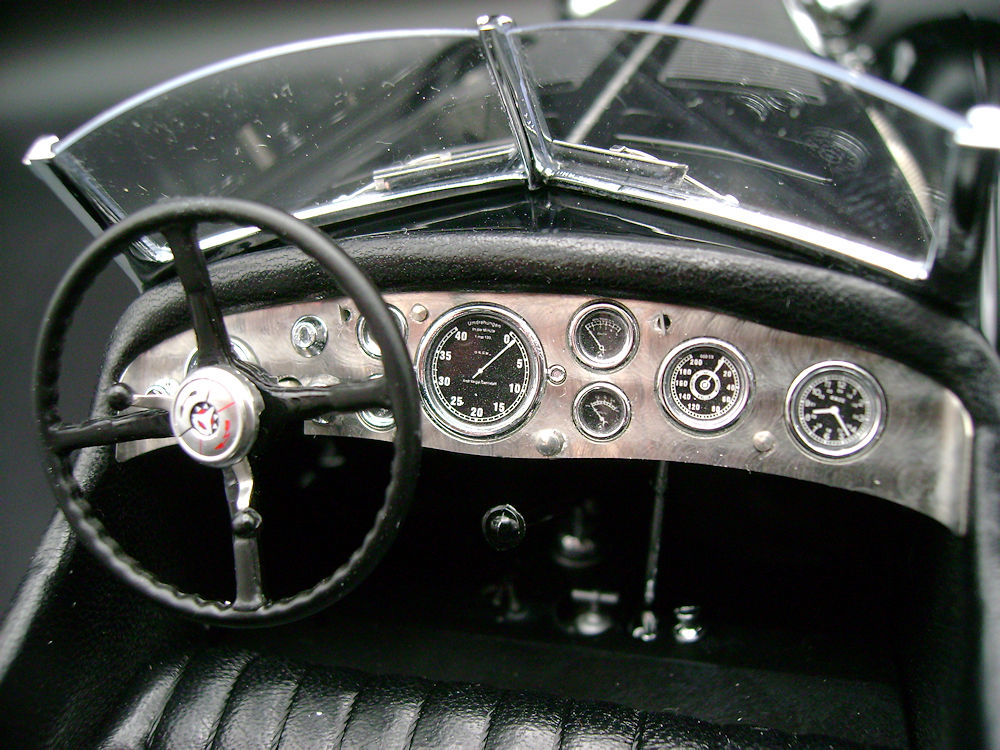
The story of the extraordinary Mercedes Benz SSK “Count Trossi” is as special as it is mysterious. Among the forty-two SSKs (short for Super Sport Kurz or Short) built, chassis 36038 is the surely the world’s rarest and most distinctive example.
It was shipped to Japan as a bare chassis in February 1930 but returned to the factory as they were unable to sell it. It was then delivered to the Mercedes-Benz dealer in Milan, Carlo Saporiti. According to research carried out by the American Restorer Paul Russell and his team, who restored this car and reconstructed its entire history, the car was first sold to Sr. Antonio Maino with a two-seater spyder body built for the chassis by Carrozzeria Touring in Milan. From December 1930 to 1933, chassis 36038 raced at several events, including the Mille Miglia. It was finally bought by Count Felice Trossi in June 1933, who decided to build his own special body for this car.
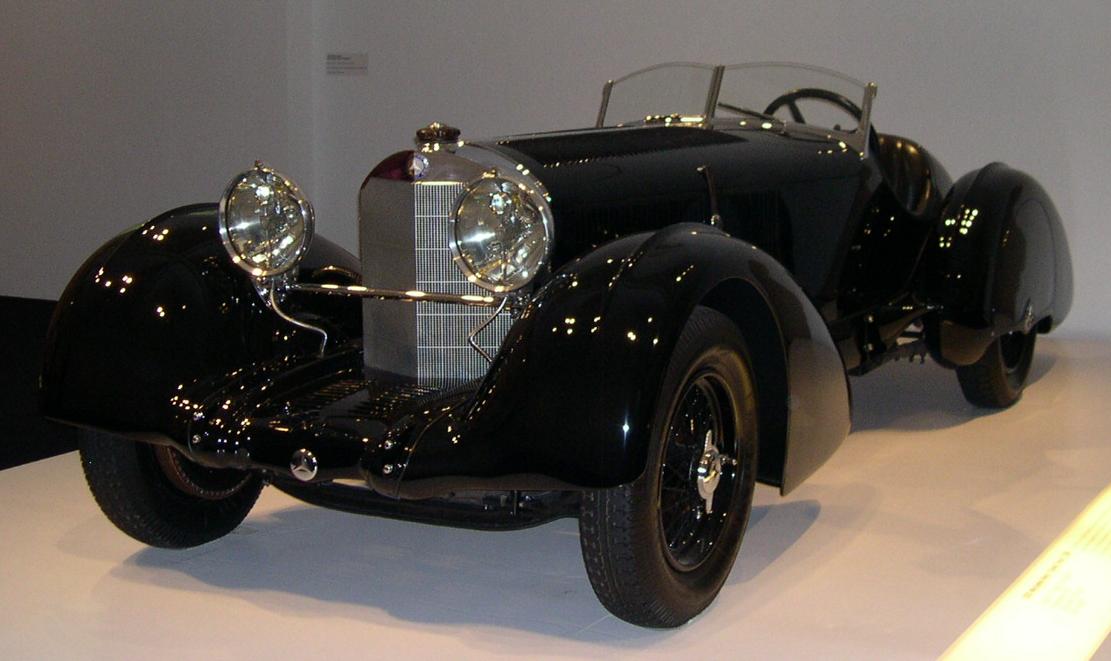
The cabin has no doors, but once inside the occupants are treated to custom dash board complemented by a huge Mercedes-Benz steering wheel. Most of the dials are standard Mercedes-Benz fare, except for a Jaeger ammeter. The speedometer still contains the same markings used by Count Trossi to keep track of engine rpm.
Behind 18 inch wheels sit huge copper brake drums that were originally designed to aid brake cooling. These wheels may have been originally red, but were changed to better match the elegance of the design. This is also true of the upholstery color which was green, but is now black.
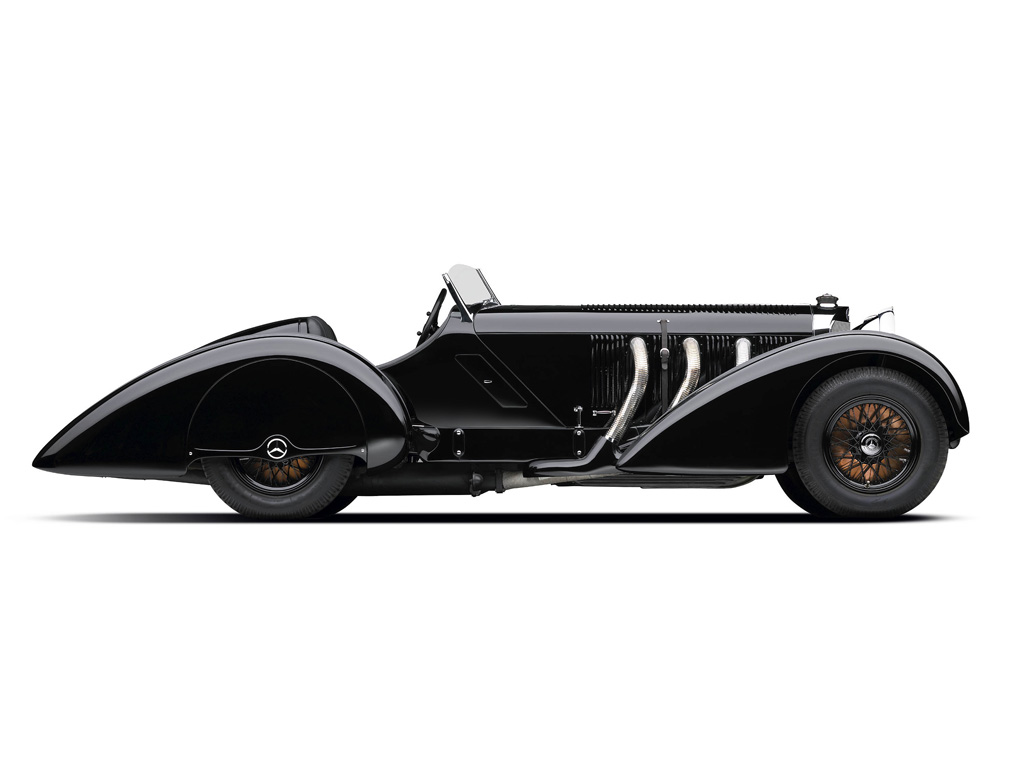
Underneath the hood is an engine that completely fills the bay. Displacing nearly seven liters, the inline-six provides a full 300bhp thanks to an ‘elephant’ supercharger that came straight from the special SSKL. Like them, the forced induction is stepped and only engages when the accelerator is fully pressed. It translates into 300bhp at 3400rpm and 507lb ft lbs at 2000 rpm! It’s a wonder that any brakes, yet alone pre-war drums would be able to cope with the forces of such power and two tons of weight.
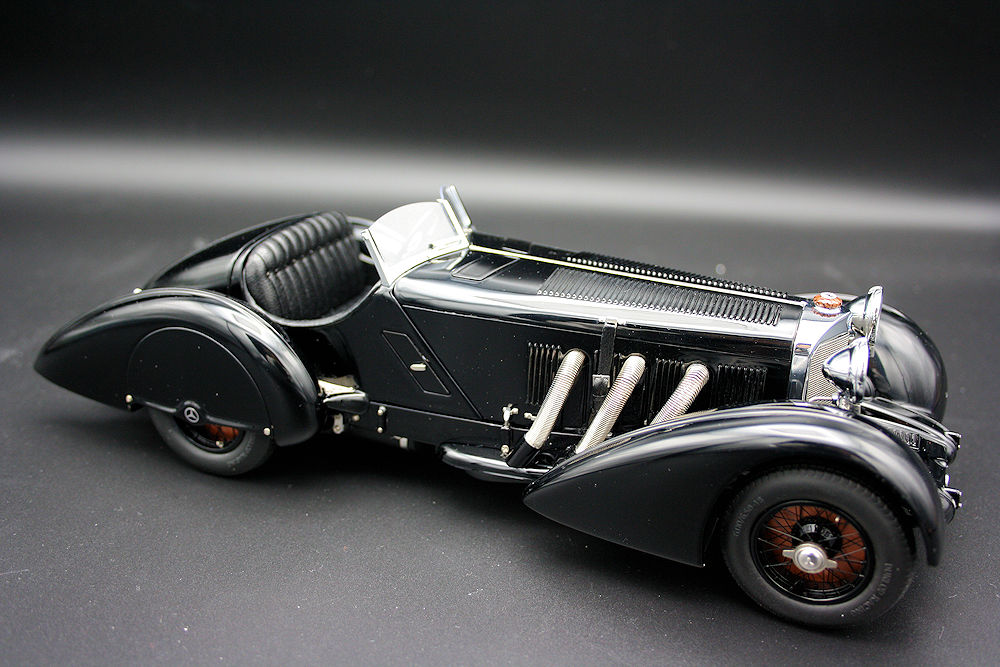
Thanks to many historical documents saved by Count Trossi’s heirs, the restorers were able to see and capture many important details of the car during the restoration. For example, the layout of the dash in a photo taken in front of their family home, or that the hand painted reference marks on the tachometer have been there since before the 1950s.

